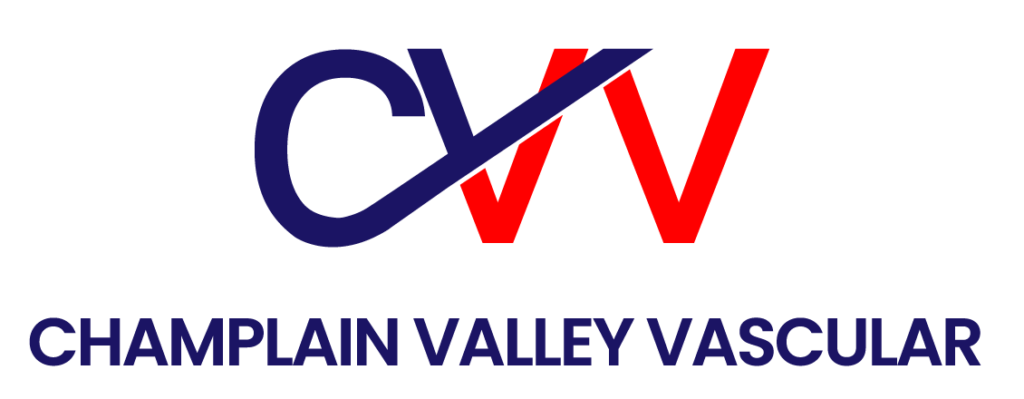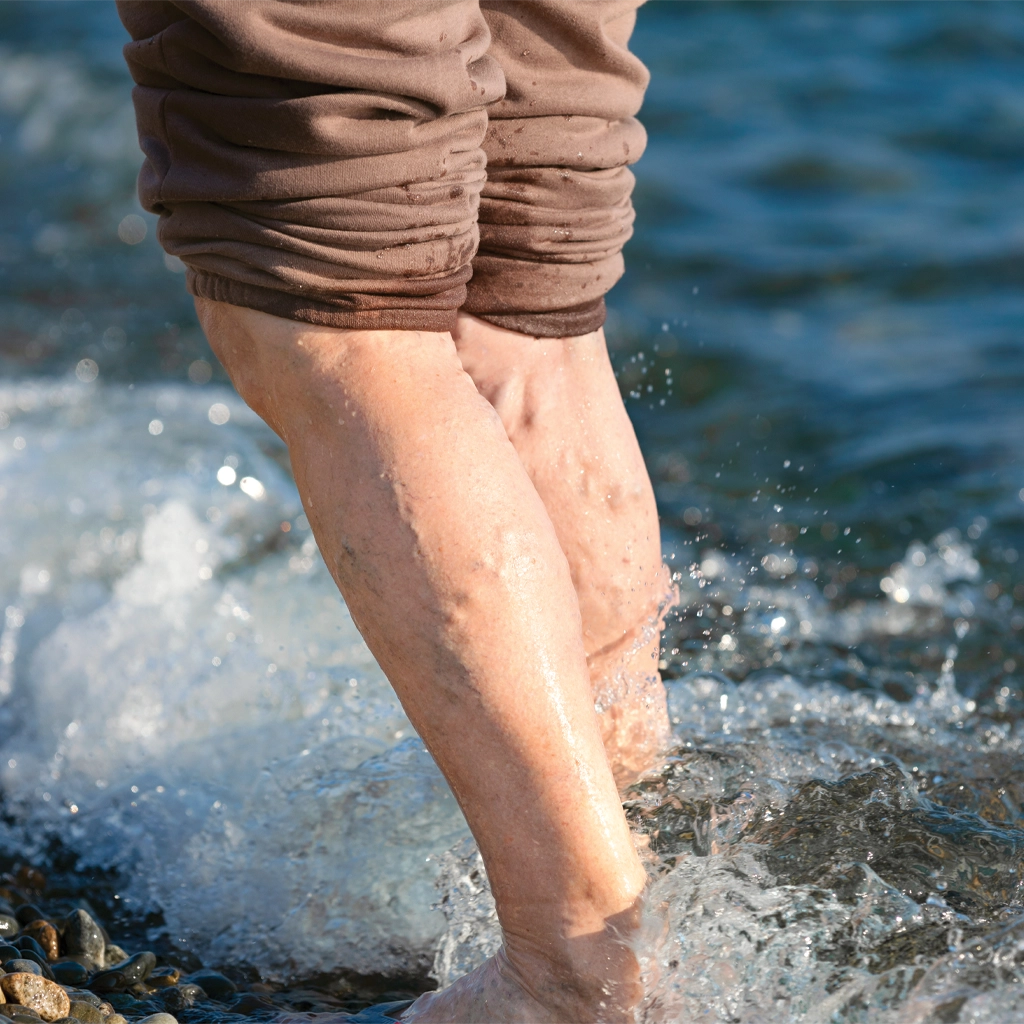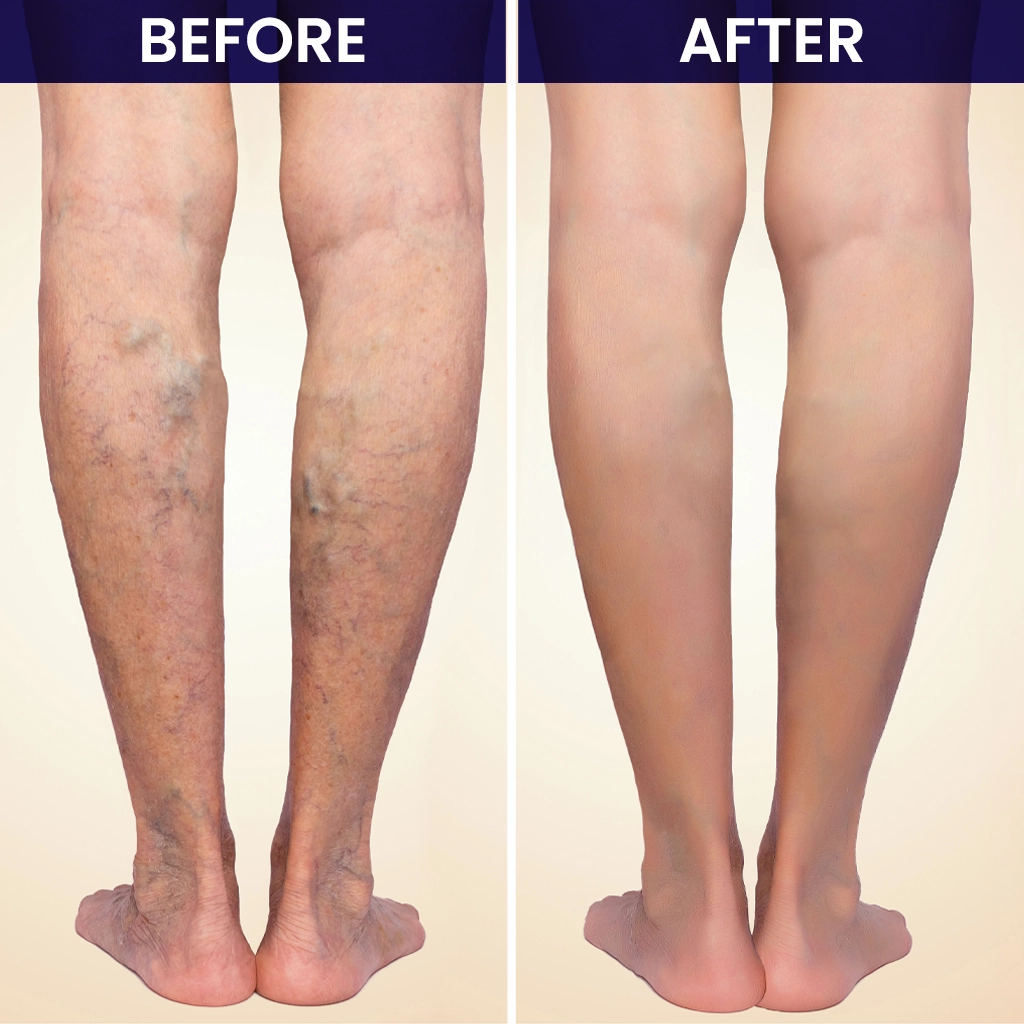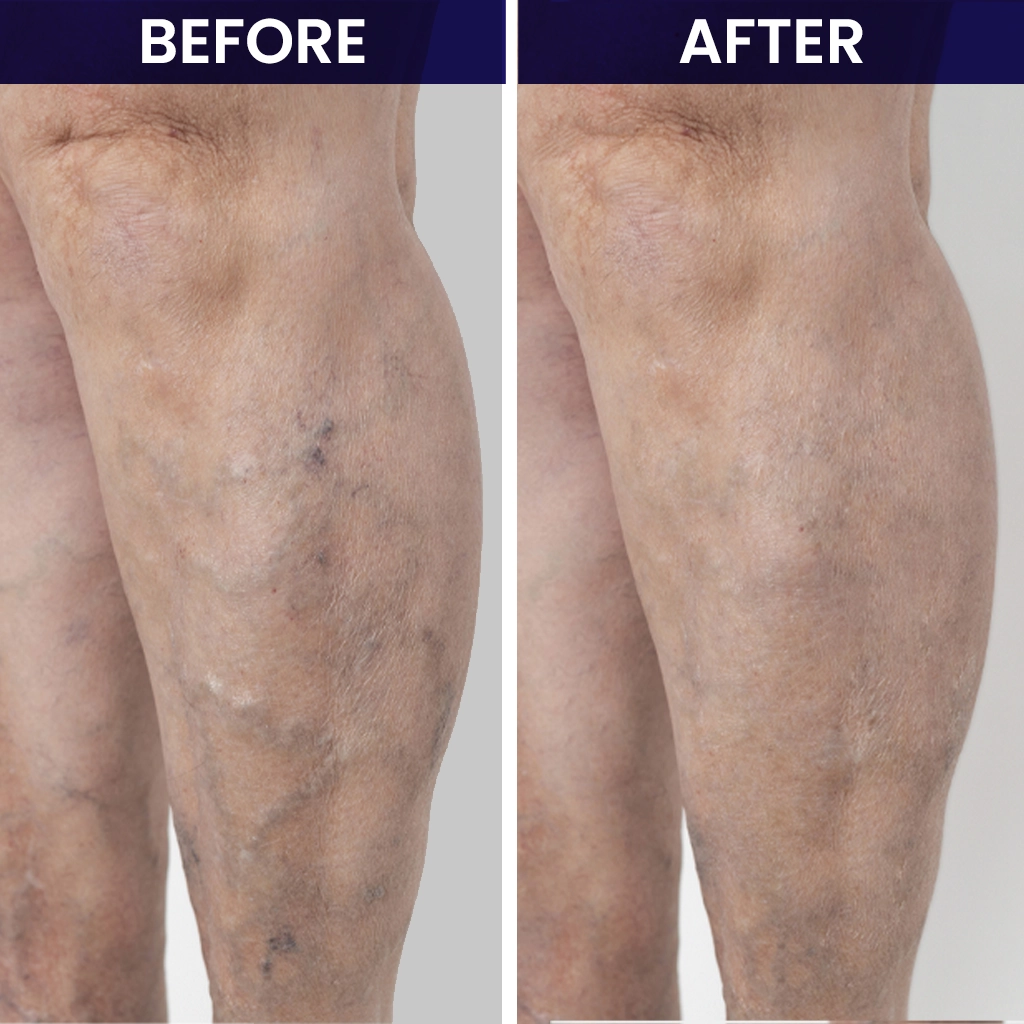Varicose Veins/Venous Insufficiency
Varicose veins are swollen, twisted, enlarged veins that rise above the surface of the skin, usually on the legs. That’s because standing and walking upright increases the pressure in the veins of your lower body.
For many people, varicose veins and spider veins — a common, mild variation of varicose veins — are simply a cosmetic concern. For other people, varicose veins can cause aching pain and discomfort. Sometimes varicose veins lead to more serious problems.
If you are seeking treatment for varicose veins, Champlain Valley Vascular can help. We start with a diagnostic exam, including looking at your legs while you’re standing to check for swelling.



